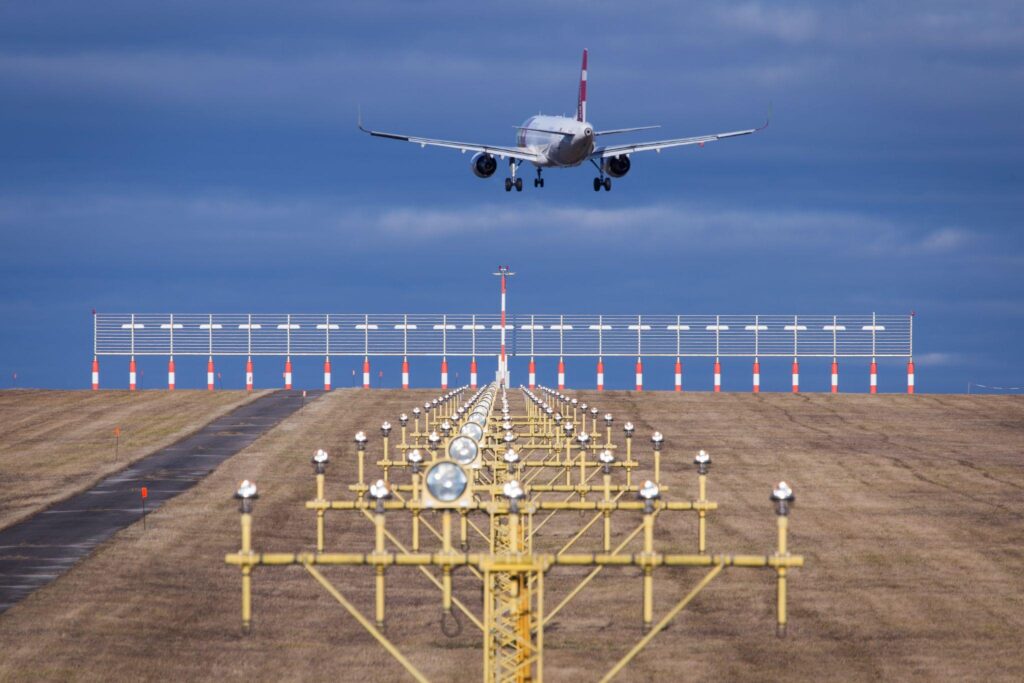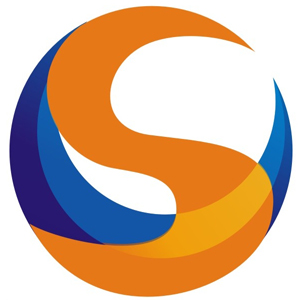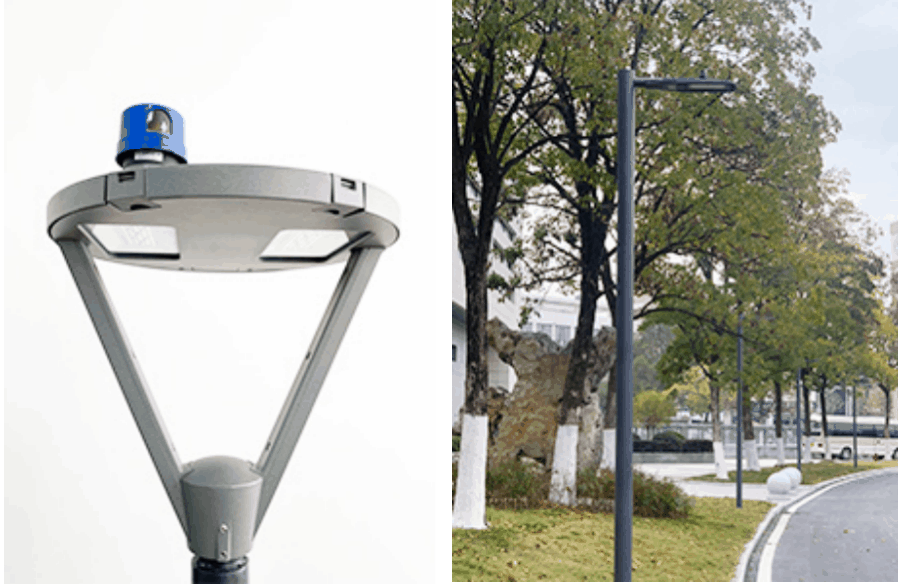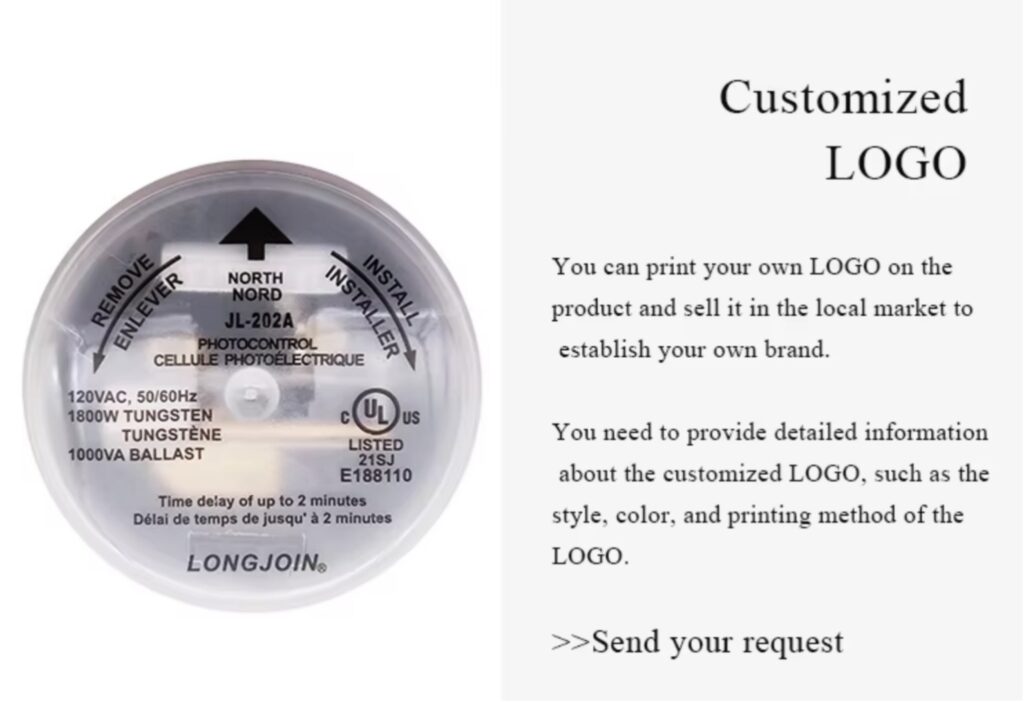Outline
- Introduction
- Why Is the Global Smart Airport Lighting Market Set to Double by 2034?
- What Core Challenges Do Airports Face in Modern Lighting Management?
- How Is Long-Join Electronics Shaping the Future of Smart Airport Lighting?
- Which Smart Photocell Products Are Best Suited for Airport Applications?
- What Factory Strengths Make Long-Join a Global Leader in LED Light Photocells?
- How Will Light Sensor Switches Transform Airport Lighting in the Next Decade?
- Why Should Global Transportation Projects Partner with Long-Join?
- Final Words
Airports never rest. Lights must stay on around the clock. However, it can toll heavily on both energy and money. Traditional lighting lacks flexibility and wastes power.
Photocell switches change that. They adjust lighting automatically to match real needs, offering a viable solution against costs and emissions.
With IoT integration, airports gain more than automation. They get real-time data and full remote control. The outcome is clear. Airports become safer, greener, and far more efficient.

Why Is the Global Smart Airport Lighting Market Set to Double by 2034?
Before discussing reasons, here are some related stats about the current status of smart airport lighting.
- The market is forecast to surge from USD 1.5 billion in 2025 to USD 3.3 billion by 2034.
- The growth rate is 9.0% CAGR.
Here is a table showing the smart airport lighting forecast by region.
| Region 2025 Market | Value (USD M) | 2034 Projection (USD M) | Key Growth Driver |
| North America | 520 | 1,080 | Energy efficiency mandates |
| Europe | 430 | 910 | EU Green Deal & carbon targets |
| Asia-Pacific | 380 | 950 | Rapid airport infrastructure |
| Middle East | 120 | 250 | Mega hub projects |
Growth stems from four precise factors:
Energy Optimization
Smart systems cut power use by up to 70%. They don’t just save energy—they lower CO₂ emissions too. Real-time sensors adjust lighting to demand. Idle zones draw less power. Operations become leaner.
Passenger Comfort
Human-centric lighting in terminals is becoming standard. There is a growing focus on easing travel stress through lighting. This prompts the need for dynamic colors to boost circadian rhythms.
Data Driven Operations
IoT sensors and analytics track lighting usage and condition. They enable predictive maintenance and dashboard monitoring. AI forecasts occupancy and adjusts lighting accordingly, making operations proactive.
Use of Modern Technology
Airports are adopting Li-Fi for both lighting and internet. Wireless controls like ZigBee and LoRa make retrofits simple. They also streamline future upgrades. Smart lighting now links directly to centralized systems. This enables real-time monitoring and oversight.
What Core Challenges Do Airports Face in Modern Lighting Management?
Airports never sleep. Lighting must run every minute. But that brings big hurdles:
● Ensuring 24/7 Reliable Operation with Reduced Energy Use
Lighting failures force runway delays or night closures. That disrupts schedules and drains revenue. Legacy systems need frequent upkeep and nightly maintenance—burdensome and costly.
Old systems use far more power than efficient LEDs. Watt-for-watt, LEDs outpace halide or incandescent systems.
● Integration with Building Management Systems
Smart lighting must mesh with the BMS that runs HVAC and lighting under one roof. Compatibility is tricky. Disjointed systems can hamper central control, making automation and demand response inconsistent.
● Minimizing Manual Intervention and Maintenance Costs
Traditional systems need frequent physical checks. That demands night crews, parts, and downtime. Smart systems cut energy and extend fixture life—but add layers of complexity. Controllers need firmware updates. Sensors must stay clean and calibrated. That requires skilled IT and regular diagnostics.
Why Advanced Photo Switch Sensor and Remote Systems Are Critical
Light control photocells offer automated, condition-aware control. They:
- Trigger lights based on daylight or movement—saving energy and reducing wear.
- Connect wirelessly to BMS, enabling centralized, real-time control.
- Support predictive maintenance. IoT sensors and analytics can spot issues early—before failures happen.
How Is Long-Join Electronics Shaping the Future of Smart Airport Lighting?

Shanghai Long-Join Electronics is redefining intelligent lighting with precision and scale. Here’s how they stand out:
| Facility Metric | Value | Competitive Advantage |
| Factory Area | 15,300㎡ | Large-scale automated production |
| Annual Capacity | 8M+ photocontrols | Secures big transportation orders |
| Market Share (U.S.) | ~50% | Proven reliability in North America |
| OEM/ODM Clients | 30+ global brands | Flexibility for custom projects |
| Registered Patents | 30+ | Innovation leadership |
Established Expertise
Founded in 2003, Shanghai Long-Join has spent over 20 years mastering photo sensor and lighting control technology. It has grown from R&D roots into a major manufacturer, exporting millions of photocontrol devices annually.
International Certifications & Compliance
Long-Join products carry multiple global certifications that include:
Their robust quality systems further includes 5S manufacturing that ensure consistent reliability.
Trusted by Leading Lighting Brands
Long-Join is a long-standing supplier to major lighting players such as Philips (Signify), General Electric, and others in Europe and North America. The company has forged additional partnerships with Home Depot, Amazon, and Selc Ireland.
Smart Lighting & IoT Innovation
Long-Join has joined the Zhaga International Alliance, aligning its products with global standards for LED interoperability. It also developed the UM-9000 smart IoT lighting management system, offering control via ZigBee, LTE, and NB-IoT protocols.
Which Smart Photocell Products Are Best Suited for Airport Applications?
| Model | Key Function | Smart Airport Use Case |
| JL-245C | ZigBee-enabled wireless communication | Central BMS remote control |
| JL-246CG | NB-IoT / 4G / LoRa connectivity | Wide-area monitoring and real-time dimming |
| JL-241/243 Series | LED decay compensation + 0–10V dimming | Extends LED lifespan, enhances night visibility |
What Factory Strengths Make Long-Join a Global Leader in LED Light Photocells?
Shanghai Long-Join Electronics combines scale, quality, and innovation to stand out in smart lighting:
● Massive, Modern Production Facility
They operate a factory in Zhejiang spanning over 38,000 m². The unit is equipped with automated lines. This ensures UL-compliant manufacturing.
● High Volume Output & OEM Capability
Long-Join ships approximately 8.5 million photocell units annually. Their volume enables OEM partnerships with trusted lighting brands.
● Global Compliance & Certifications
Their products comply with a wide array of international standards. This ensures compatibility across global lighting systems.
● Customization for Airport Projects
They offer full OEM/ODM services tailored to client requirements—from smart-city integrators to airport lighting systems.
● Rich Innovation Portfolio
Operating with over 20 years of industry experience, they maintain a diversified product lineup and continue to innovate across categories like Zhaga-compatible controllers, NEMA series connectors, dimming units, and wireless sensors.
How Will Light Sensor Switches Transform Airport Lighting in the Next Decade?
Airport lighting is changing fast. It’s no longer limited to simple on and off switches. The future will be adaptive and powered by data.

From On/Off to Intelligent Ecosystems
Modern systems adjust lights to occupancy and ambient levels. AI refines brightness and timing. Data analytics ensure energy is saved. Visibility and safety remain intact.
Seamless IoT Interoperability
Photoelectric sensors will communicate wirelessly. ZigBee manages terminals and gates. LoRa and NB-IoT cover runways and remote areas. Low-power networks keep systems efficient and flexible.
Remote Cloud Monitoring Across Airport Zones
IoT sensors send lighting data to the cloud. Dashboards show live status across zones. Runway faults trigger instant alerts. Predictive maintenance replaces reactive fixes. Failures and downtime drop by up to 40%.
Tangible Benefits
- Smart lighting helps with energy savings. Airports like LAX and Manchester have saved energy by around 75%.
- Adaptive lighting boosts visibility on runways.
- It’s an effective remedy against crime.
- Human-centric lighting reduces fatigue and improves mood.
Why Should Global Transportation Projects Partner with Long-Join?
Global infrastructure projects need partners who deliver reliability, compliance, and scale. Long-Join provides exactly that.
Certified Product Portfolio for Global Standards
Long-Join’s outdoor light sensor switches carry UL, CE, and ISO certifications, ensuring compatibility with strict North American, European, and Asian requirements. This reduces delays in procurement and regulatory approval.
Tailored Proposals for Big Projects
The company offers customized technical designs and quotations. This helps align lighting solutions with smart city master plans. Engineering teams adapt specs for each climate, voltage, and control system.
Virtual R&D and Factory Access
Long-Join enables project managers to virtually tour its 15,300㎡ Zhejiang facility. Clients can evaluate automation lines, quality processes, and new R&D developments without travel constraints.
Proven Track Record Across Critical Infrastructure
With airport, seaport, and metropolitan deployments worldwide, Long-Join has demonstrated its capacity to support large, complex projects. Its solutions already power transportation hubs in the U.S., Europe, and Asia.
Final Words
Smart airport lighting is moving toward adaptive, data-driven systems that improve safety and efficiency. Photocell innovation will remain central to this evolution. For projects seeking reliable partners, Chi-Swear offers trusted smart photocells with proven quality and global compliance.
External Links
- https://finance.yahoo.com/news/airport-smart-lighting-market-2025-142800545.html
- https://www.gminsights.com/industry-analysis/airport-smart-lighting-market
- https://en.wikipedia.org/wiki/LoRa
- https://www.sciencedirect.com/topics/engineering/building-management-system
- https://www.ul.com/solutions
- https://single-market-economy.ec.europa.eu/single-market/goods/ce-marking_en
- https://single-market-economy.ec.europa.eu/single-market/goods/ce-marking_en
- https://www.fcc.gov/engineering-technology/laboratory-division/general/equipment-authorization
- https://www.iecee.org/certification/cb-test-certificates
- https://en.wikipedia.org/wiki/RoHS
- https://www.zhagastandard.org/books/overview/smart-interface-between-outdoor-luminaires-and-sensing-communication-modules-18.html
- https://www.ansi.org/
- https://www.iso.org/standard/62085.html
- https://en.wikipedia.org/wiki/Zigbee
- https://en.wikipedia.org/wiki/Narrowband_IoT






